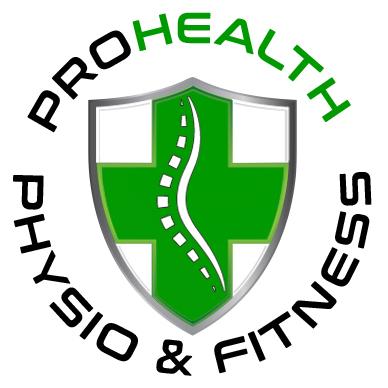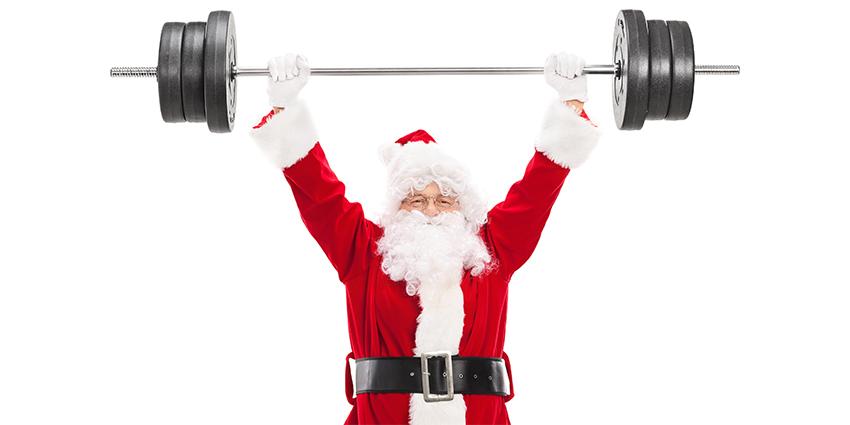Australians love their summer and usually people find it easier to get motivated to exercise during the summer period. The days are longer, it’s easier to get out of bed in the morning and the weather allows for a whole range of outdoor activities. As people exercise more in the summer period it is important to understand the risks of exercising in hotter weather, so here are some tips to make sure you look after yourself this summer.
Stay Hydrated
A decrease in body water from normal levels (often referred to as dehydration or hypohydration) provokes changes in cardiovascular, thermoregulatory, metabolic, and central nervous function that become increasingly greater as dehydration worsens (1). Dehydration during physical activity in the heat provokes greater performance decrements than similar activity in cooler conditions. There is little doubt that performance during prolonged, continuous exercise in the heat is impaired by levels of dehydration >2% body mass, and there is some evidence that lower levels of dehydration can also impair performance even during relatively short-duration, intermittent exercise (1).
How do I stay hydrated?
- Always carry a water bottle with you when exercising. Cool water closer to room temperature is absorbed and digested by the body more effectively than refrigerated or icy water.
- A good general guide is to drink 35ml of water per Kg of bodyweight per day. e.g. if you weigh 60kg then you should be drinking around 2.1L of water per day as 60 x 0.035 = 2.1.
- If you are exercising this means that you need to drink more water on top of the normal guidelines stated above. If you are exercising in the heat and sweating excessively it is important that you are rehydrating with water.
- If you are not concerned about maintaining your weight or if you are exercising at a moderate-high intensity for >60 mins then you can also use sports drinks to help rehydrate and replace lost electrolytes through sweat however you need to understand that the they are full of kilojoules.
- If you are an amateur athlete or training for a specific even and aren’t sure what your exercise and energy needs are, seek advice from a professional exercise physiologist who can help you prepare with the appropriate hydration and nutrition.
Be Safe in the sun
- Wear appropriate clothing which includes a hat, sunglasses and cool breathable clothing to promote airflow to cool down your core body temperature.
- If exercising outdoors try to find a shaded area with a good breeze or even close to the water so you can cool off during exercise. If indoors try to choose somewhere with air conditioning, a fan or open windows to promote airflow.
- Always make sure you are wearing sunscreen if exercising outdoors whether the sun is out or not.
Time your exercise
- Try to avoid the hottest parts of the day (10am – 3pm) and aim to exercise in the mornings or afternoons.
- Have an indoor alternative activity for days when the temperature becomes too hot.
Be safe and monitor yourself when exercising in hot conditions
- If you start to feel dizzy/lightheaded, have a headache, cramps, excessive sweating or cessation of sweating it’s important to stop and look after yourself. Seek medical advice if your symptoms don’t subside fairly quickly.
- Some health conditions, such as kidney disease, heart problems, cancer and some neurological conditions require extra considerations, as exercising in hotter weather can place a lot of stress on the body. Seek advice from your local Accredited Exercise Physiologist to discuss your individual needs.
- You also need to be careful if you are pregnant- a general rule is to stick to low to moderate activity, take frequent breaks if needed and seek advice from an Accredited Exercise Physiologist.
References
Source: Exercise Right
Title: Accredited Exercise Physiologists
Read Time: 3 minutes
Source: Murray, B. (2007). Hydration and physical performance. Journal of the American College of Nutrition, 26(sup5), 542S-548S.
Title: Hydration and Physical Performance
Read Time: 2 minutes

